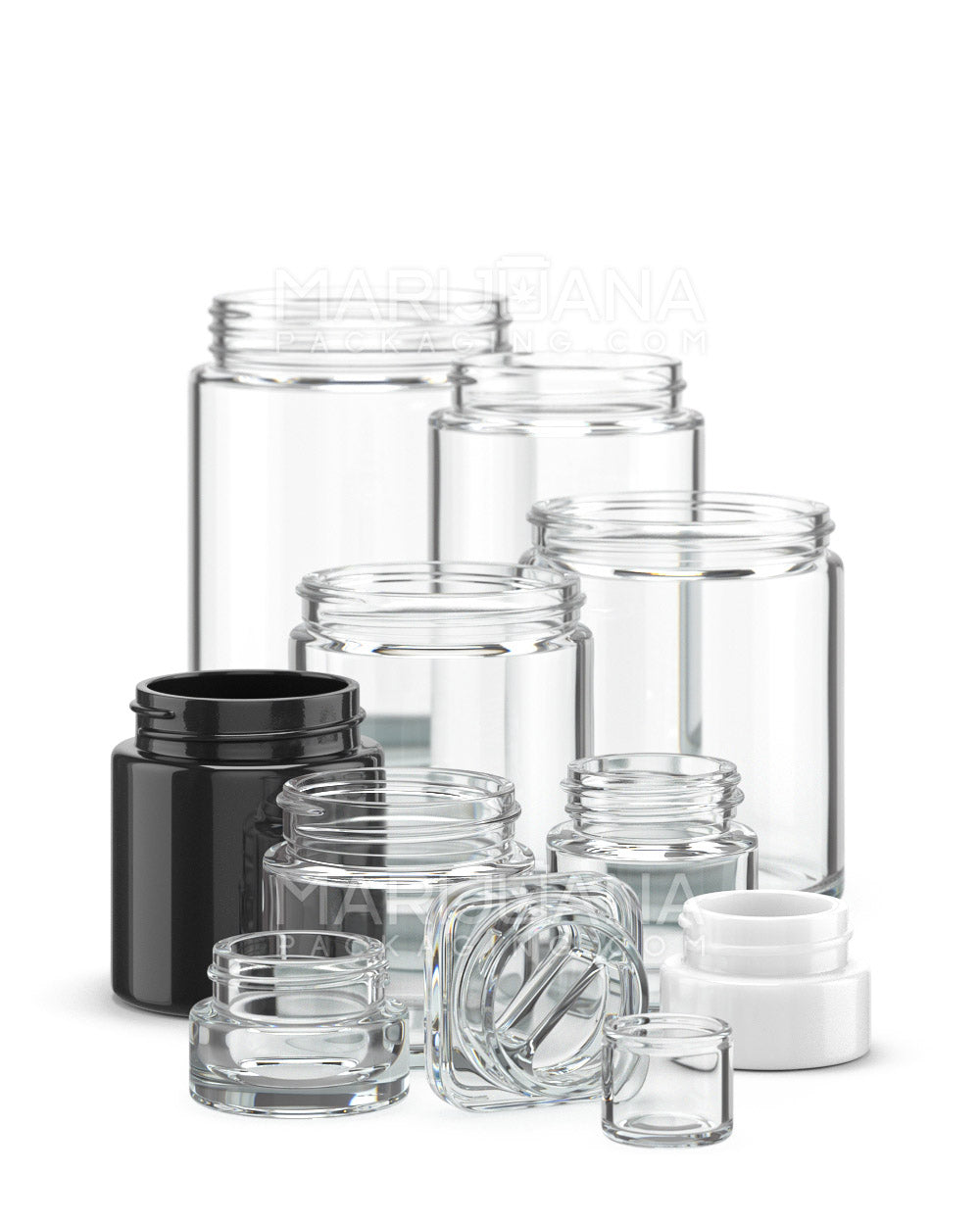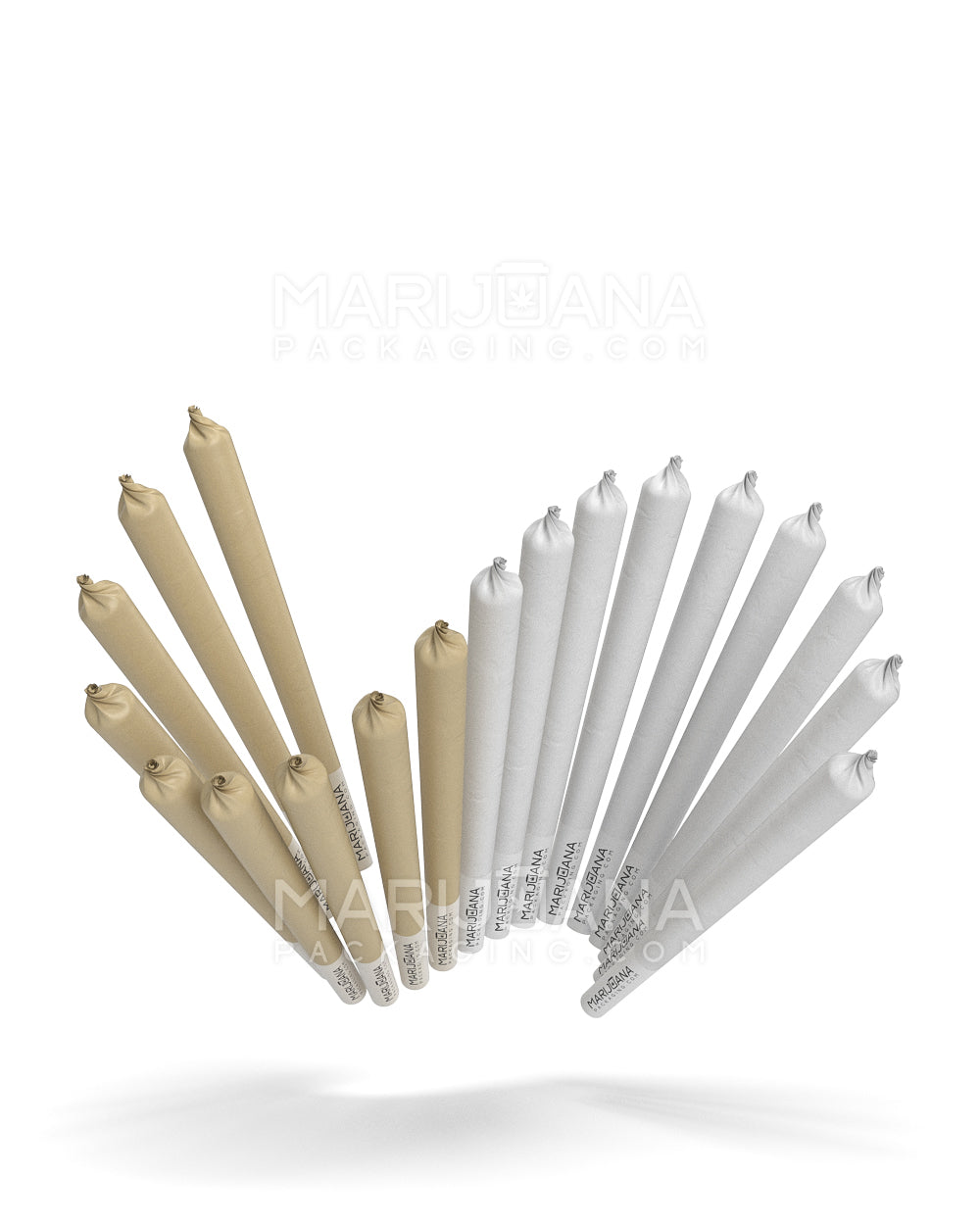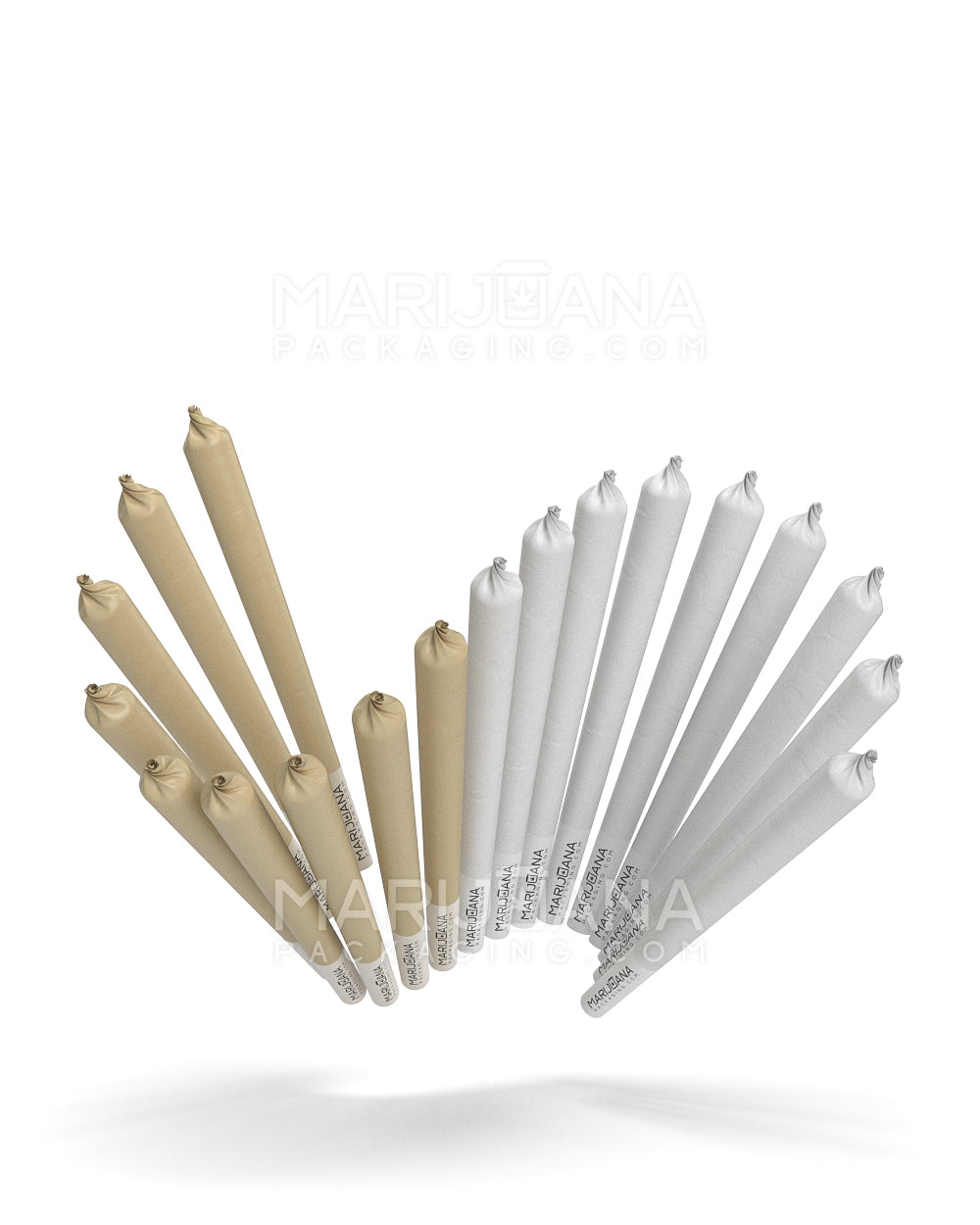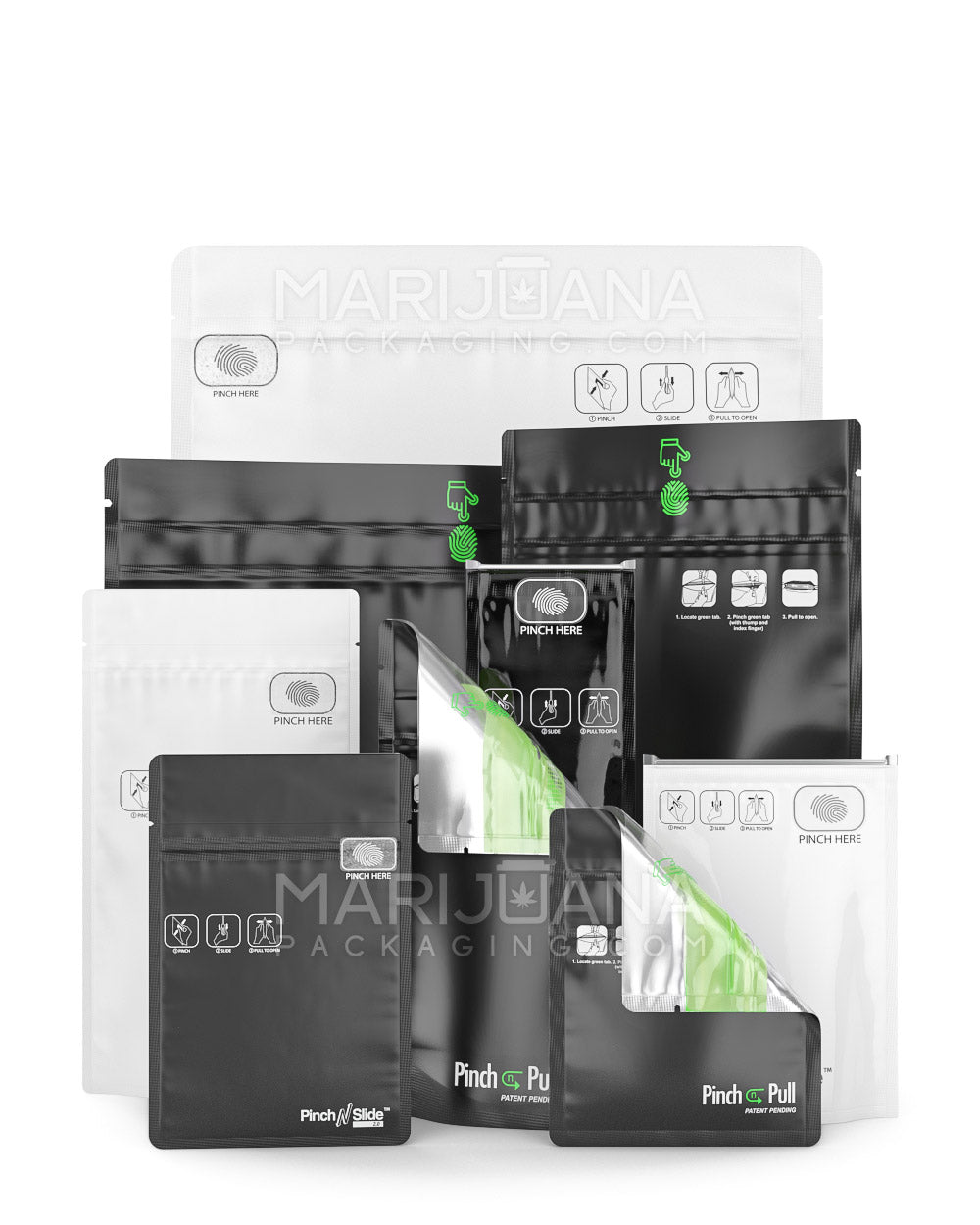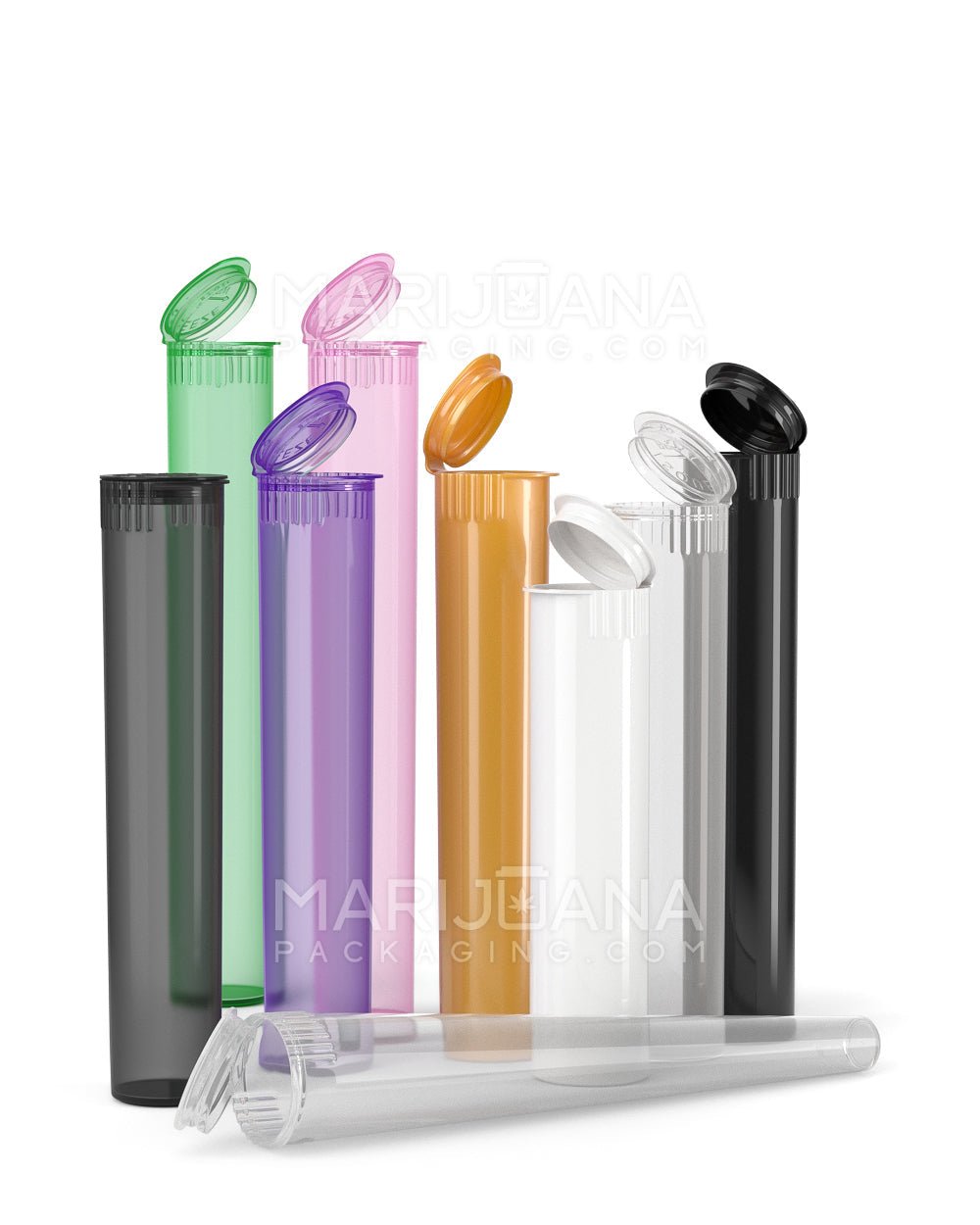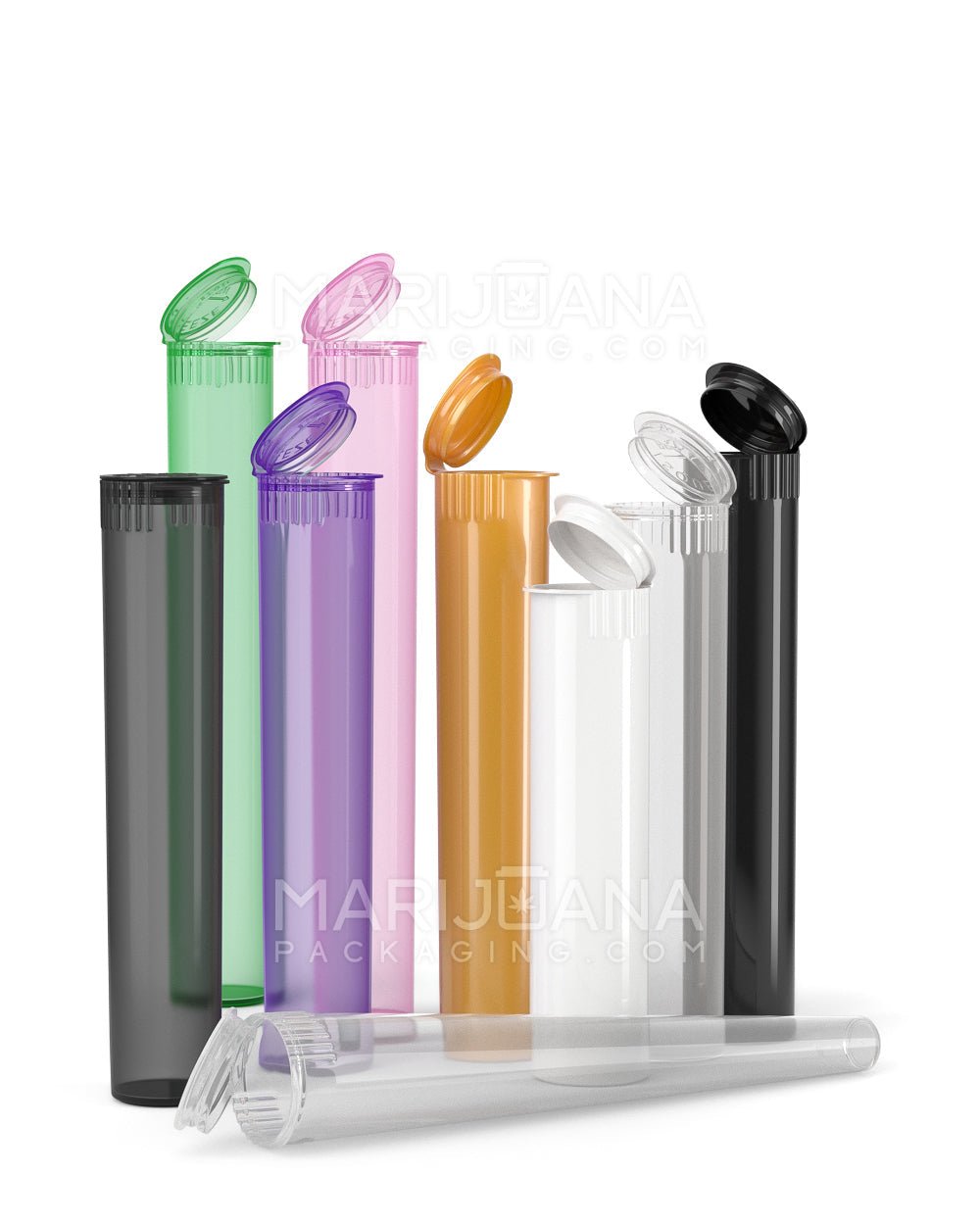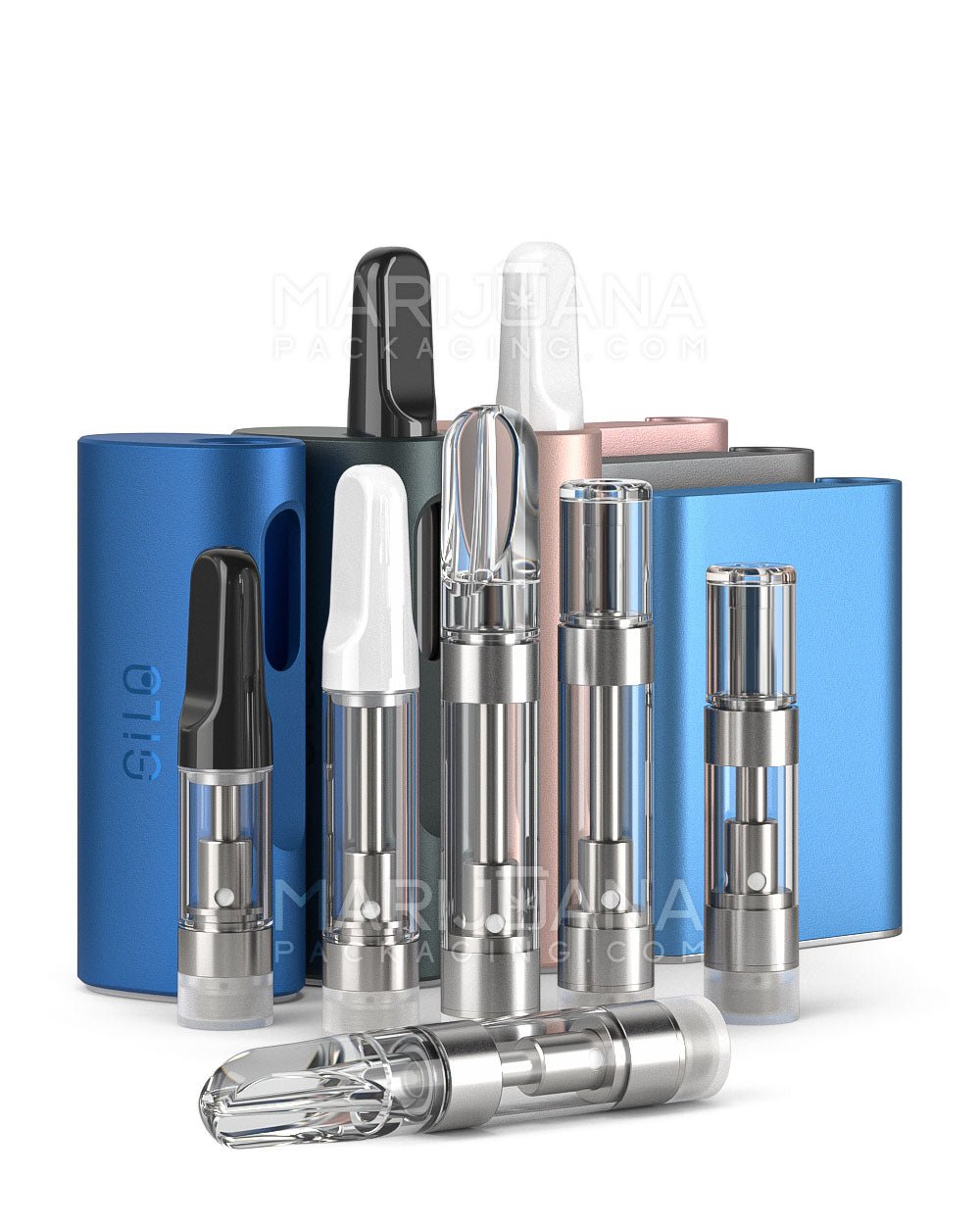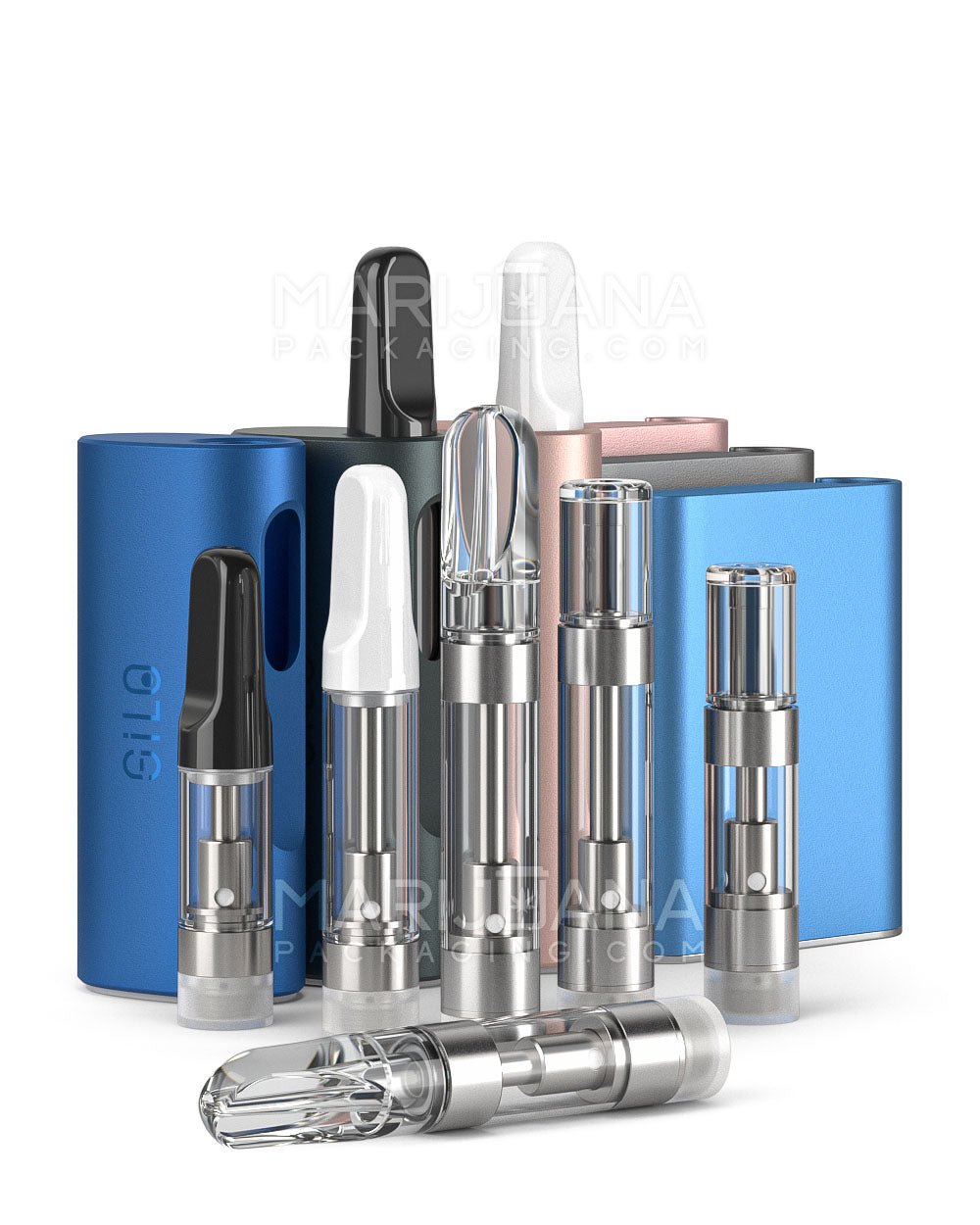Drying marijuana might seem like a simple task, but there's more to it than just hanging up your plants and waiting. The humidity level during drying is crucial for preserving the quality, flavor, and potency of your buds. Get it wrong, and you could end up with moldy or harsh-tasting cannabis. So, let's chat about finding the sweet spot for humidity when drying your marijuana.
This article will guide you through the ideal humidity levels for drying cannabis, explain why it's so important, and provide tips to ensure you get it right. Whether you're a seasoned grower or just starting, understanding the drying process can make a big difference in the final product.
Why Humidity Matters in Drying Marijuana
First things first, why is humidity so important when drying marijuana? Well, it all comes down to preserving the terpenes and cannabinoids that give cannabis its unique aroma and effects. Terpenes evaporate easily, especially in low humidity, which can lead to a loss of flavor. On the flip side, too much humidity can promote mold growth, ruining your precious buds.
Think of it like drying herbs for cooking. If you dry them too fast and at high temperatures, they lose their flavor. Cannabis is similar. You want to dry it slowly and at the right humidity to retain all those delicious terpenes and potent cannabinoids. This balance ensures your cannabis remains enjoyable and effective.
Humidity also affects the texture of the final product. Properly dried cannabis should be slightly sticky to the touch but not wet. It should break apart easily without crumbling into dust. Achieving this texture means you've likely dried your cannabis at the right humidity level.
Finding the Ideal Humidity Level
So, what humidity level should you aim for when drying marijuana? Generally, the sweet spot is between 55% and 65% relative humidity. This range allows for a slow and steady drying process, preserving the plant's essential compounds while minimizing mold risk.
Starting at the higher end of that range and gradually lowering it can help. Begin at about 65% and slowly bring it down to around 55% over the course of a week or two. This gradual decrease mimics the natural drying process, helping maintain the plant's integrity.
Of course, this range is a guideline. If you're in a particularly humid environment, you might need to adjust your setup to avoid mold. Conversely, in very dry areas, you might need to add some humidity to prevent your cannabis from drying out too quickly.
Tools to Monitor and Control Humidity
Now that you know what humidity to aim for, how do you make sure you're staying within that range? Fortunately, there are tools to help you monitor and control the humidity in your drying space.
Hygrometers
A hygrometer is a must-have tool for anyone drying cannabis. This device measures the humidity in the air, allowing you to keep a close eye on the conditions in your drying room. They're relatively inexpensive and can be found at most home improvement stores or online.
Dehumidifiers and Humidifiers
Depending on your local climate, you might need to add or remove moisture from your drying space. Dehumidifiers are great for taking excess moisture out of the air, while humidifiers can add it when things get too dry. Both can be adjusted to maintain the ideal humidity range for drying.
Fans and Ventilation
Airflow is another important factor in controlling humidity. Good ventilation can help maintain consistent humidity levels and prevent mold growth. Fans can be used to circulate air around the drying space, but be careful not to point them directly at the buds, as this can cause them to dry too quickly.
Steps for Setting Up a Drying Space
Creating the perfect environment for drying cannabis involves more than just controlling humidity. Let's walk through setting up a drying space that will help you achieve the best results.
Choose a Suitable Location
Your drying space should be dark, as light can degrade THC and other cannabinoids. It should also be clean and free from contaminants that could affect your buds. A spare room, closet, or even a large cardboard box can work, as long as you can control the environment.
Control Temperature
Temperature is as important as humidity. Aim for a temperature between 60°F and 70°F. Too warm, and your cannabis might dry too fast; too cold, and it could take too long, increasing the risk of mold.
Hang Your Plants Properly
When hanging your plants, make sure there's plenty of space between them for air to circulate. You can hang whole plants, branches, or individual buds, depending on your setup. Just ensure they're not touching each other to prevent uneven drying.
Common Mistakes in Drying Marijuana
Even with the best intentions, it's easy to make mistakes when drying cannabis. Here are some common pitfalls and how to avoid them.
Drying Too Quickly
One of the biggest mistakes is drying cannabis too quickly. This often happens when humidity is too low, or fans are blowing directly on the buds. Fast drying can lead to harsh-tasting cannabis that burns quickly and lacks flavor.
Ignoring Mold Risks
On the flip side, drying too slowly or in high humidity can lead to mold, which ruins your cannabis. Keeping a close eye on humidity levels and ensuring good airflow can help prevent this.
Overhandling Buds
It's tempting to check your buds often, but overhandling them can damage the delicate trichomes that contain THC and other cannabinoids. Try to resist the urge to touch them until they're fully dried.
The Role of Curing After Drying
Once your cannabis is dried, the process isn't quite over. Curing is the next step, and it's just as important for achieving high-quality cannabis.
Curing involves storing your dried buds in airtight containers, usually glass jars, for a few weeks. This process helps further develop the flavor and potency of your cannabis by allowing moisture from the center of the buds to redistribute evenly.
During curing, you'll want to open the jars daily for the first week to let excess moisture escape and check for mold. After the first week, you can reduce this to a couple of times a week. A well-cured bud will have a rich aroma and a smooth smoke.
How Environment Affects Drying and Curing
Your local environment plays a big role in how you dry and cure cannabis. For example, living in a dry climate might require adding humidity to your drying space, while a humid area might need more dehumidification.
Seasons and weather patterns can also affect your drying process. During a rainy season, you might need to adjust your setup to prevent mold. In contrast, during a dry spell, you may need to be more vigilant about maintaining humidity levels.
Understanding these environmental factors can help you make better decisions about your drying and curing setup, leading to better quality cannabis.
Tips for Achieving the Best Results
Here are some additional tips and tricks to help you get the best results when drying your marijuana.
- Be Patient: Drying and curing take time. Rushing the process can lead to poor quality cannabis.
- Use the Right Tools: Invest in good quality hygrometers, dehumidifiers, and humidifiers if needed. These can make a big difference in maintaining the right conditions.
- Monitor Regularly: Check your drying space regularly to ensure conditions remain stable. Small adjustments can prevent major issues.
- Keep it Dark: Light can degrade cannabinoids, so keep your drying space dark.
Final Thoughts
Finding the right humidity for drying marijuana is a balancing act, but with the right tools and knowledge, you can achieve high-quality results. Monitoring humidity and making necessary adjustments can preserve the flavor and potency of your cannabis, ensuring a satisfying experience.
When you're ready to package your beautifully dried and cured cannabis, Gamut offers a full spectrum of packaging solutions. From jars and bags to custom designs, Gamut's expertise can help make your brand unforgettable in the market. Their comprehensive services cover everything from design to delivery, ensuring your cannabis is presented in the best possible way.











